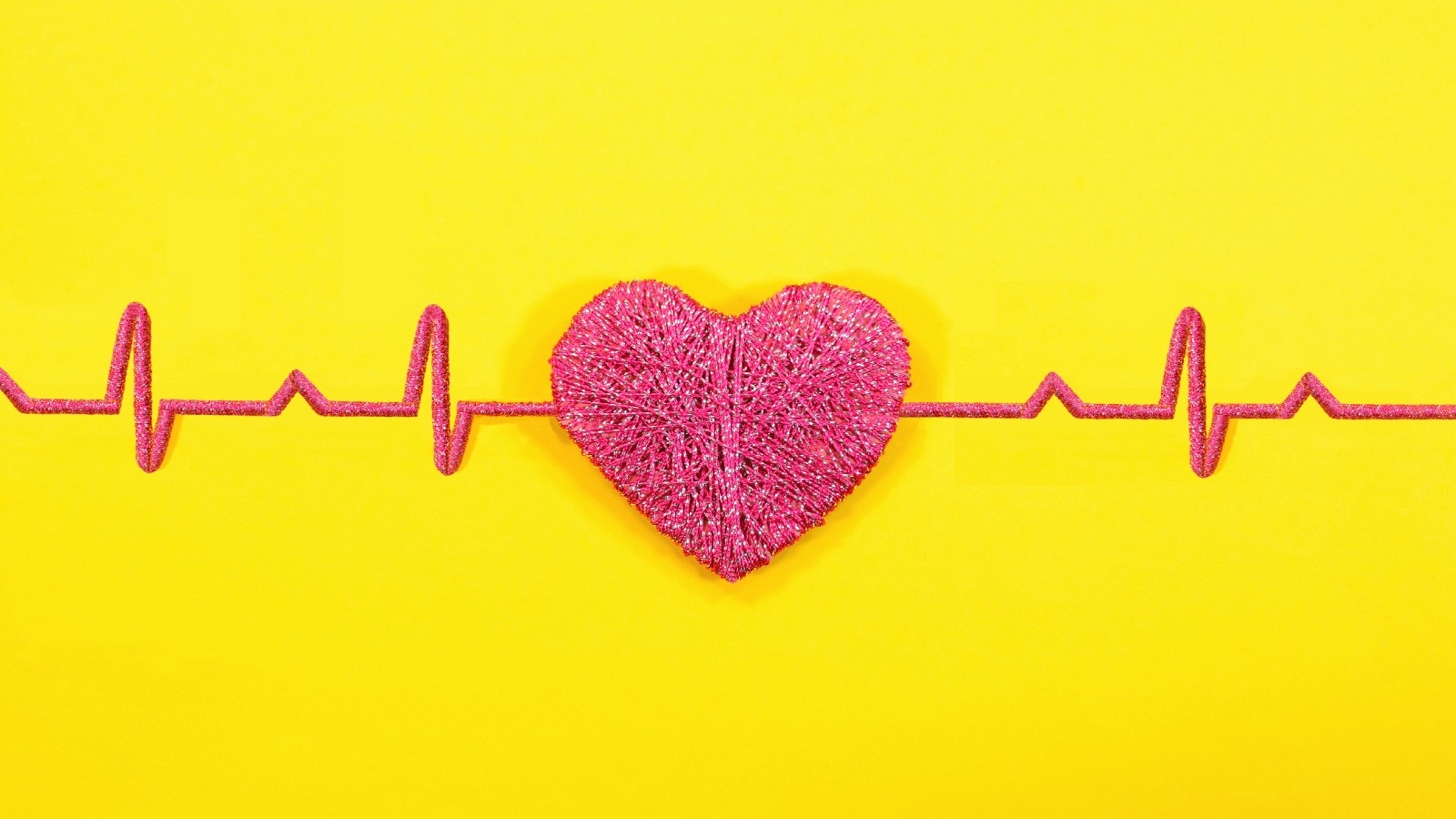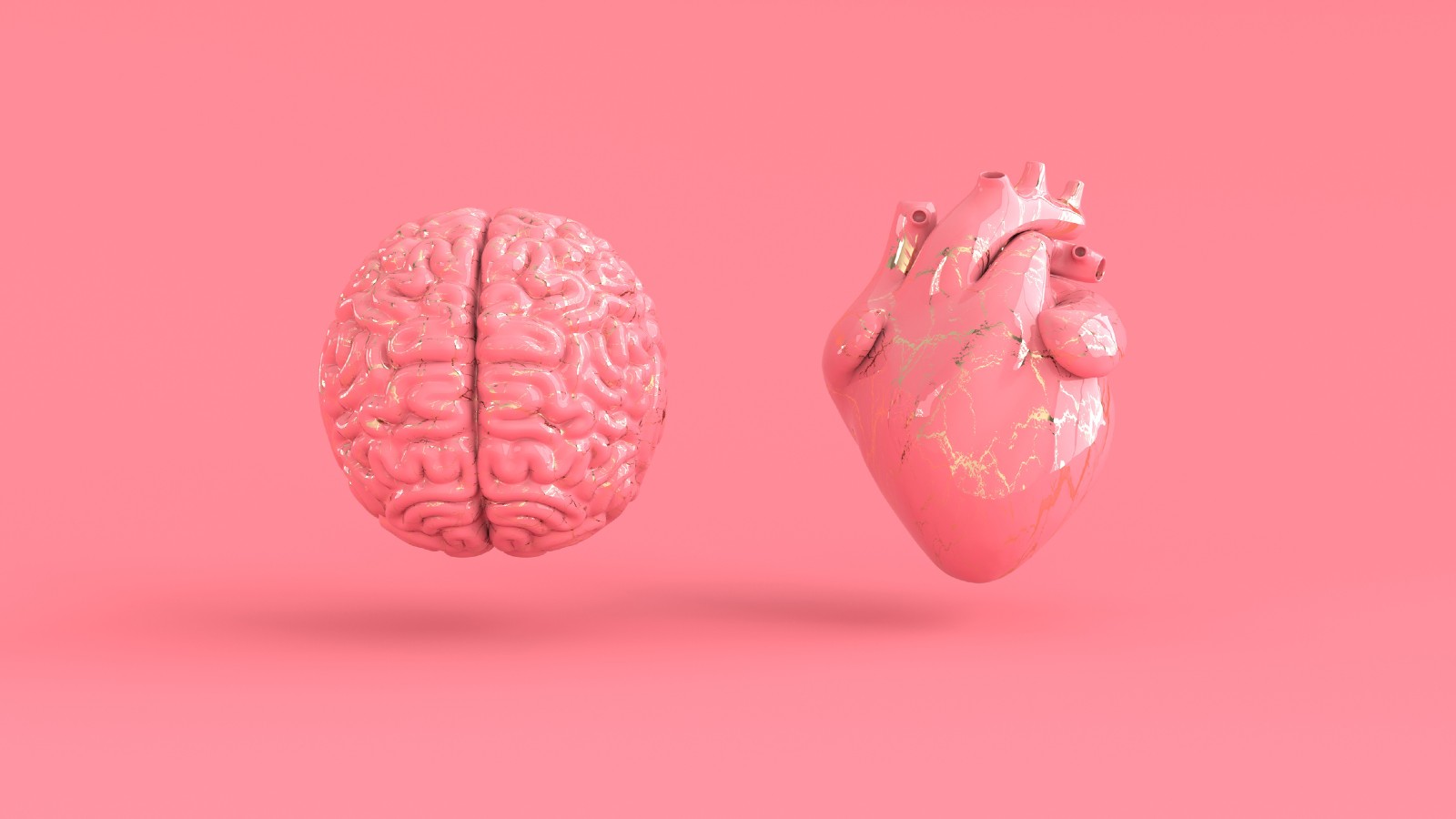Omega-3 vs omega-6—what are they, what are the benefits and which one do I need?
Weighing up omega-3 vs omega-6? Knowing the differences and choosing the right one could be beneficial for your health


Omega-3 vs omega-6 might not seem like a huge comparison, but it's important to know the differences between these fatty acids and how they each play a vital role in our overall health.
Omega-3 and omega-6 are a type of polyunsaturated fat which provide a range of health benefits for the body. But getting the balance wrong, and having too much omega-6 in our diet and not enough omega-3, can cause health complications such as excess inflammation. This can harm our body's cells and eventually could lead to a stroke and even a heart attack.
Whether you make a conscious effort to eat two portions of oily fish a week, take supplements every day, or throw nutrient-rich superfoods into a blender to make a smoothie, there are plenty of ways you can make sure your body is getting the best of both worlds.
To help you weigh up omega-3 vs omega-6 and figure out which one you need to concentrate on adding more of to your diet, we spoke to the experts. They shared everything you need to know about these essential fatty acids, what their benefits are and how to incorporate them into your diet.
What is omega-3?
Omega-3 is an essential fatty acid. There are three different types of omega-3 and they each play a specific role in supporting your health. These are:
- Eicosapentaenoic acid (EPA)
EPA has been linked to reduced inflammation in the body. Inflammation is our body’s way of defending itself from infection and injury but, in excess, this can lead to long-term diseases such as cancer, heart disease and type 2 diabetes. Symptoms of chronic inflammation include body pain, constant fatigue and mood disorders, such as anxiety. - Docosahexaenoic acid (DHA)
DHA helps make up organs in the body, such as the eyes, skin and brain. Low levels of DHA in these areas can cause poor eyesight or altered brain function. - Alpha-linolenic acid (ALA)
ALA is needed for digestion, absorbing nutrients from food and transferring these nutrients into energy for us to use.
"Omega-3 is often referred to as ‘essential’ because the body can’t make it, so it needs to be obtained from the diet," explains Rob Hobson, nutritionist at Healthspan. "You can get omega-3 into your diet naturally by eating oily fish, such as salmon, sardines and mackerel."
According to the cholesterol charity Heart UK, you should aim to eat two 140g portions of fish per week, one of which should be oily.
Sign up for the woman&home newsletter
Sign up to our free daily email for the latest royal and entertainment news, interesting opinion, expert advice on styling and beauty trends, and no-nonsense guides to the health and wellness questions you want answered.
You can also get omega-3 through plant-based foods, such as the healthiest cooking oils, which include flaxseed, walnut, soya, pumpkin and algal oil. Plus, leafy green vegetables, nuts (especially walnuts) and seeds, such as flax, pumpkin, chia and hemp seeds.
Omega-3 is also available as a supplement that you can take at any time during the day. When choosing a supplement, aim to get 500mg of EPA and DHA combined each day, this works out as around the same as a 140g portion of oily fish per week. Vegan or vegetarian? Look for a marine oil supplement that is made from algae.

What are the health benefits of omega-3?
Omega-3 is known for reducing inflammation, which can lower the risk of heart attack symptoms in women and support your mental health.
- Heart health
"Omega-3 can help increase good HDL cholesterol and reduce triglycerides in the blood," says Rob. Triglycerides are a type of fat found in your blood, high levels of which can increase your risk of falling ill with various chronic health problems including diabetes and heart disease. - Reduces joint pain
If you suffer from arthritis, research published in the Mediterranean Journal of Rheumatology shows omega-3 can help ease stiff joints and tenderness. - Improves mood
Studies found that people with a diet rich in oily fish are less likely to develop depression. However, omega-3 is not a treatment for depression so, if you are struggling with your mental health, talk to a medical professional.
What is omega-6?
"Omega-6 fatty acids are types of fats," says NHS registered dietitian Anna Hardman. There are four different types, which are known as polyunsaturated fats. These include:
- Linoleic acid (LA)
Research found that linoleic acid may reduce cholesterol levels. Cholesterol is a fatty substance found in your blood, and too much can clog your blood vessels, increasing your risk for heart disease and heart attack. - Arachidonic acid
Arachidonic acid is responsible for regulating the growth of muscles and tissue injury when weight training. Inflammation is part of the healing process. - Gamma linoleic acid (GLA)
GLA plays a vital role in maintaining brain health, bone health and metabolism. - Conjugated linoleic acid (CLA)
CLA is found in meat and milk from animals, such as cows, goats, and sheep. Some studies have suggested CLA can contribute towards weight loss and bodybuilding, however, more research still needs to be done in this area.
"Omega-6 fats come from some vegetable oils, including corn, evening primrose seed, safflower, and soybean oils," says Anna. "Omega-6 fatty acid can also be found in small amounts in meat (especially pork and dark meat from turkey or chicken), and nuts and seeds such as pumpkin seeds, sunflower seeds, and walnuts."
Most people don’t need to supplement omega-6 as an average diet will contain more than enough. "However, GLA is an omega-6 fatty acid found in evening primrose oil, and many women use it to help ease breast tenderness," says nutritionist, Amanda Hamilton. "If you choose to supplement essential fats then opt for a blend that also includes omega-3."
In many countries, there is no recommendation for the amount of omega-6 which should be consumed daily.
"Omega-6 is not usually directly listed onto food labels, and therefore you are likely not tracking your intake each day," says Anna. "It’s important to understand that the most important factor is ensuring we are consuming enough omega-3, and keep the ratio between the two low." Anna points out that the omega-3 vs omega-6 ratio in your diet should be 1:0.25
"In western diets, the ratios consumed tend to be higher, which can increase the risk to cardiovascular health," Anna adds.

What are the health benefits of omega-6?
The health benefits of omega-6 include many of the same health benefits of omega-3. "This includes helping to manage cholesterol levels by lowering the ‘bad’ cholesterol LDL and increasing the ‘good’ cholesterol HDL," says nutritionist Jenna Hope.
Omega-6 can also help to prevent heart disease and possibly lower liver fat. "But it has other benefits, too, such as helping with hormone production, and brain function and growth," adds Jenna.
Omega-6 fatty acids also help boost the function of our muscles, nerves and bones, as well as sending messages to and from the brain. If we don’t get enough omega-6 in our diets, our cells won’t work properly. This can affect brain and bone health, and the function of our reproductive system.
Signs you're lacking in omega-3 include eczema, poor memory, difficulty losing weight (especially around the middle), and fatigue.
Omega-3 vs omega-6: What are the differences?
The difference between omega-3 and omega-6 is the inflammation response it triggers in the body. "Too much omega-6 triggers inflammation, while omega-3 reduces it," says Anna.
Inflammation is our body's natural protective response to injury and infection, but an excess of inflammation can harm our body's cells, which could lead eventually lead to stroke and even heart attack.
Therefore, it is the balance of these two fatty acids which help keep us healthy, but today's modern diet means the balance is tipped too much in favour of omega-6.

Omega-3 vs omega-6: which is better?
Not one of these essential fatty-acids is better than the other. In fact, the most important thing for health is to get the balance right.
"Like lots in nutrition, combinations of nutrients work best to promote health and prevent disease," says dietitian Nicola Guess. "Combining omega-3 and omega-3 lowers the risk of many diseases more than each one separately."
The best plan of action is to make sure your diet is rich in omega-3 foods and be conscious of consuming an excess of foods high in omega-6.

Rose Goodman is a health writer across print titles and websites including woman&home.
Prior to pursuing her career as a writer, Rose obtained a degree in psychology and went on to work in adult mental health for five years, specifically working with people diagnosed with eating disorders, anxiety, depression and OCD. Mental health and wellbeing is something Rose feels incredibly passionate about and believes normalising the conversation around mental illness is something we should all actively strive to do.
-
 This £10 primer is the only thing that can make my foundation last past lunchtime
This £10 primer is the only thing that can make my foundation last past lunchtimee.l.f. Power Grip Primer is the budget buy our oily-skinned Beauty Editor, Jess Beech, can't live without
By Jess Beech Published
-
 The eye cream Reese Witherspoon uses to banish 'concealer creasing' and puffiness was already a bargain - now it's on sale
The eye cream Reese Witherspoon uses to banish 'concealer creasing' and puffiness was already a bargain - now it's on saleThe inexpensive eye cream Reese Witherspoon uses to reduce puffiness, dark circles and creases in her concealer is even more affordable than usual today.
By Charlie Elizabeth Culverhouse Published